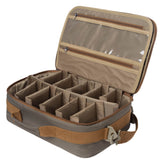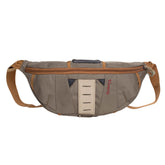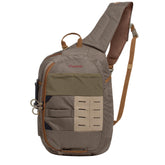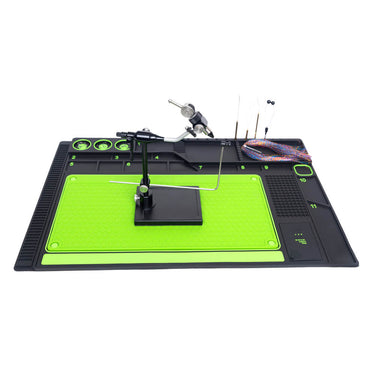Barbel on the Fly: Rethinking Traditional Tactics
Fly fishing for barbel (Barbus barbus) is an exciting and challenging pursuit, particularly in European rivers where these strong, bottom-dwelling fish are found. While barbel are more commonly targeted with traditional coarse fishing methods (ledgering, feeder tactics), fly fishing can be highly effective—especially in shallow, clear water or during warmer months when barbel are more active near the surface.
Key Considerations for Fly Fishing Barbel
Habitat & Behavior
Barbel prefer fast-flowing, well-oxygenated rivers with gravel or rocky bottoms (e.g., the River Wye, Trent, or Danube).
They feed primarily on invertebrates, crustaceans, and small fish, often grubbing along the riverbed.
Best times: Dawn/dusk in summer, or after rain when water is slightly colored.
Fly Selection
Nymphs & Wet Flies:
Heavy, weighted nymphs (e.g., Czech nymphs, stonefly patterns, or shrimp imitations) to get down to their feeding zone.
Try size 8–12 in natural colors (brown, olive, black).
Streamers:
Small fish imitations (e.g., Zonkers, Woolly Buggers in olive or brown) for aggressive takes.
Surface Flies (Rare):
Barbel rarely rise, but in summer, terrestrials (e.g., beetles, ants) might work.
Tackle Setup
Rod: 6–8 wt fly rod (for casting heavy flies and battling strong fish).
Line: Sinking or intermediate line (to get flies deep); floating line with a long leader for shallow riffles.
Leader/Tippet: 3–5 ft of 8–12 lb fluorocarbon (abrasion-resistant for rocky bottoms).
Indicator: Use a strike indicator (e.g., Thingamabobber) for nymphing in faster currents.
Presentation & Technique
Dead-drift nymphing: Cast upstream and let the fly sink naturally along the bottom.
Swung flies: Across current, letting the fly swing into likely lies (e.g., behind boulders).
Stripping streamers: Short, sharp strips to imitate fleeing prey.
Focus on feeding lanes: Target riffles, drop-offs, and creases where barbel patrol.
Playing & Landing
Barbel are powerful fighters—expect long runs and head-shaking.
Keep side pressure to avoid snags; use a large, rubberized net.
Handle carefully (they’re sensitive)—wet hands, avoid squeezing, and release quickly.
Challenges
Barbel are wary—stealthy approaches and accurate casting are key.
Snagging flies on the bottom is common—use strong hooks and consider barbless.
Best Locations
UK: River Wye, Trent, Severn (known for big barbel).
Europe: Danube, Rhône, and Ebro systems.
Final Tip
If nymphing isn’t working, try a small, weighted crayfish pattern—barbel love them!
Would you like recommendations for specific flies or rivers? Tight lines! 🎣















